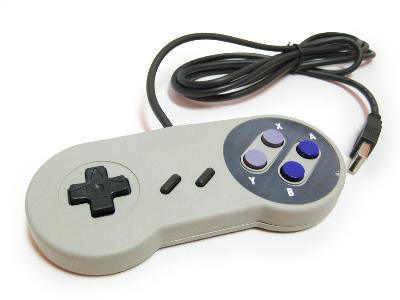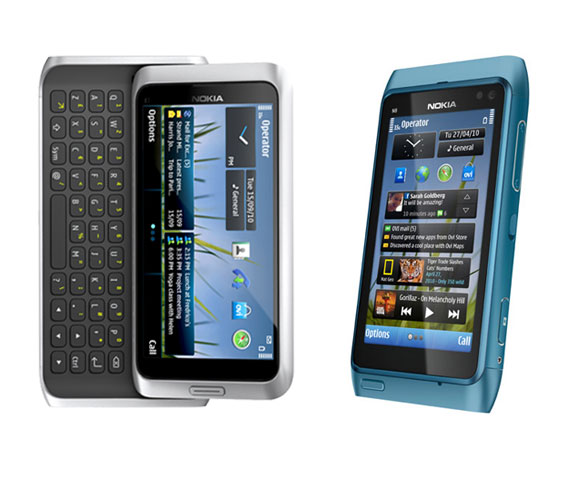1- Dans un premier temps téléchargez le firmware ici
2- Reliez votre ordinateur par cable RJ45 ou connectez-vous en wifi directement au TP.
4- Ouvrez la page http://192.168.1.1 avec un navigateur web.
Je vous rappel que le login et le password est admin.
5- Même si tout est écris en chinois pas de panique !
Dans le menu allez à la derniere section et selectionnez la 3e option.
Vous Pourrez uploader le firmware téléchargé dans l'étape 1.
6- Reboot du TP sous openwrt.
Connectez-vous en Telnet à l'adresse 192.168.1.1
7- Définissez un mot de passe pour root avec passwd.
8- Editez le fichier /etc/config/network avec vi
Inspirez-vous du miens pour faire cohabiter le TP avec votre réseau local
config interface ‘loopback’
option ifname ‘lo’
option proto ‘static’
option ipaddr ’127.0.0.1'
option netmask ’255.0.0.0'
config interface ‘lan’
option ifname ‘eth0'
option type ‘bridge’
option proto ‘static’
option ipaddr ‘adresse ip libre sur le réseau‘
option netmask ’255.255.255.0'
option gateway ‘l'adresse ip de votre routeur‘
list dns ‘
l'adresse ip de votre routeur ‘ // DNS principal
list dns ’8.8.8.8' //DNS secondaire (google)
9- On modifie la configuration du fichier du firewall /etc/config/firewall
config defaults
option syn_flood ’1'
option input ‘ACCEPT’
option output ‘ACCEPT’
option forward ‘ACCEPT’
# Uncomment this line to disable ipv6 rules
# option disable_ipv6 1
config zone
option name ‘lan’
option network ‘lan’
option input ‘ACCEPT’
option output ‘ACCEPT’
option forward ‘ACCEPT’
config zone
option name ‘wan’
option network ‘wan’
option input ‘ACCEPT’
option output ‘ACCEPT’
option forward ‘ACCEPT’
option masq ’1'
option mtu_fix ’1'
10- On active le wifi du routeur dans le fichier /etc/config/wireless
il faut que la ligne option disabled soit à 0
11- On reboot le TP avec la commande reboot.
12- On accède au TP avec la nouvelle adresse IP.
On test la connexion internet avec un ping: ping google.com -c 3
13- Installez le support USB au kernel d'openwrt
opkg update
opkg install kmod-usb-uhci
insmod usbcore
insmod uhci
opkg install kmod-usb-ohci
insmod usb-ohci
Connectez votre clé usb FAT32 et vérifiez qu'elle est bien reconnue avec la commande dmesg
A ce stade on peut installer Piratebox
14- Lancez l'installation de PirateBox et patientez !
cd /tmp
wget http://piratebox.aod-rpg.de/piratebox_0.3-2_all.ipk
opkg update && opkg install piratebox*
15- Connectez-vous et partagez !
Vous pouvez personnalisez le SSID de votre PirateBox en rééditant le fichier /etc/config/wireless



